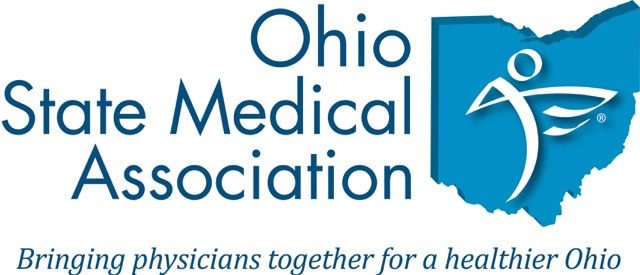Complete Story
09/07/2021
Medical Malpractice Data to Help Manage Risk
Provided by David L. Feldman, MD, MBA, FACS
Chief Medical Officer
The Doctors Company and TDC Group
One way to think of reducing malpractice risk is to consider the three-P model: (1) Prevent adverse events, (2) Preclude lawsuits from being brought if adverse events do occur, and (3) Prevail in lawsuits when a suit cannot be precluded. All three Ps can be informed by a careful examination of medical malpractice data.
Not only do malpractice claims provide a richer source of data than typical hospital-based adverse event investigations, but because malpractice data has a direct correlation to large sums of money, it is easier to use claim-related findings to drive tangible, system-wide improvements to patient safety that no one wants to pay for.
Prevent, Preclude, Prevail
Prevent adverse events. “We can’t fix what we can’t see,” says Dana Siegal, RN, CPHRM, CPPS, Director of Patient Safety Services for CRICO Strategies. The Doctors Company employs CRICO’s coding taxonomy when we analyze medical malpractice claims.
When considering this first P, it’s important to remember that some adverse events may represent a fairly large percentage of the events named in lawsuits, but a small percentage of the events in a hospital, most of which do not result in a lawsuit. Having robust malpractice data allows risk managers to better understand which adverse events are highly associated with claims and the factors that led to those events.
Preclude lawsuits with good communication. When we analyze medical malpractice claims across specialties and settings, communication gaps crop up again and again. Those gaps can stem from medical team members miscommunicating with each other or with patients or families. While the former may result in an adverse event (see the first P: Prevent), the latter may result in a lawsuit. A patient’s desire to pursue litigation after an adverse event frequently derives from a misunderstanding about possible outcomes.
If your institution participates in a disclosure program, follow it carefully when responding to adverse events. A swift, compassionate, effective response to a patient’s needs in the aftermath of an adverse event or undesirable outcome is both ethically superior and practically advantageous for all parties, when compared to a lawsuit as the likely alternative.
Prevail when there are lawsuits via documentation. While undesired outcomes—even those that fall within the realm of a known complication for the treatment or procedure—may motivate patients to sue, it is often poor documentation that motivates a plaintiff’s attorney to take a case. In addition, defending a case is easier for defense attorneys when there is clear, concise, and timely documentation, especially when the adverse event occurred despite optimal care.
Prevent, Communicate, Document
Experience has taught us that patients may bring suit either in the presence of actual medical error or in their perception of medical error. Either way, through medical malpractice data, we have an opportunity to learn how to prevent the next claim.
The guidelines suggested here are not rules, do not constitute legal advice, and do not ensure a successful outcome. The ultimate decision regarding the appropriateness of any treatment must be made by each healthcare provider considering the circumstances of the individual situation and in accordance with the laws of the jurisdiction in which the care is rendered.
